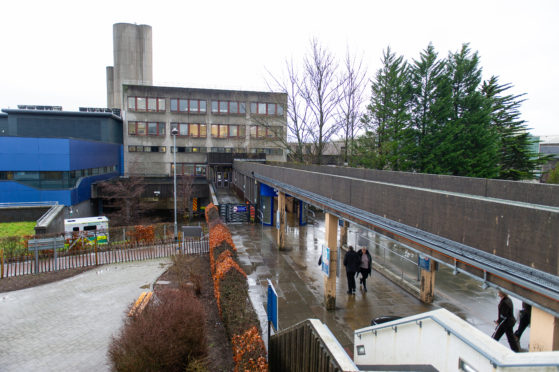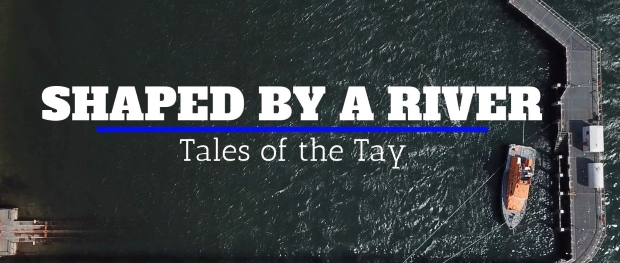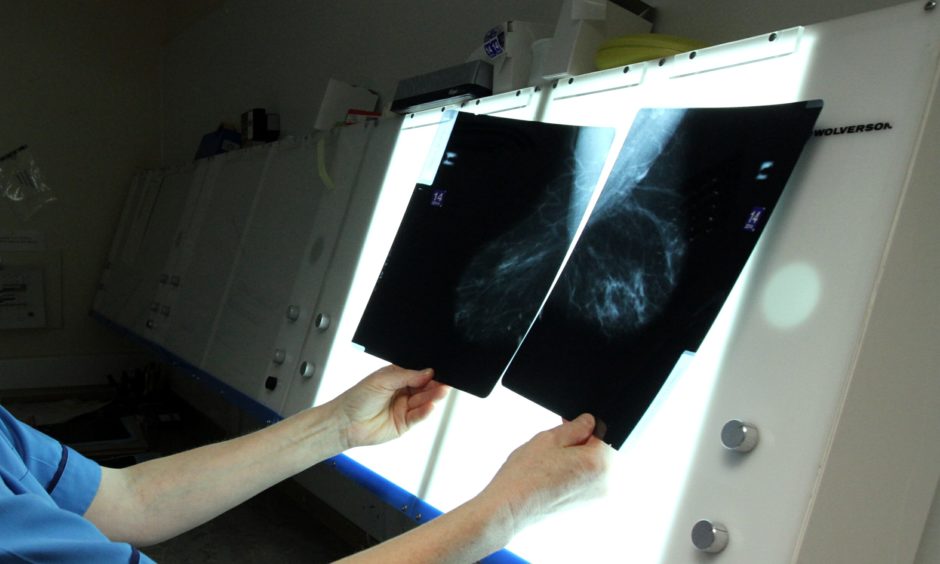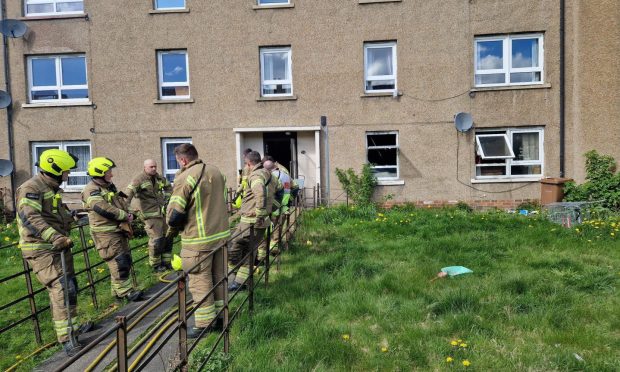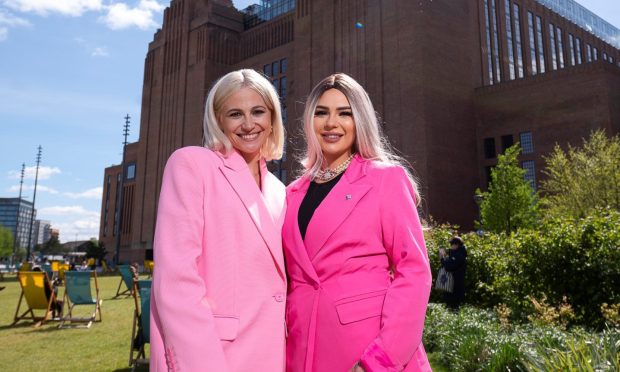Doctors in Tayside warned a “factually inaccurate” report into breast cancer treatment in the region had frightened patients and undermined confidence in their profession, according to a leaked document.
Members of the health board’s oncology team issued a scathing “right of reply” to a Healthcare Improvement Scotland (HIS) report commissioned after around 200 patients were given lower than standard chemotherapy doses.
The document, which has never before been made public, was written after outraged oncologists were presented with the finding of the HIS report.
In the detailed response, doctors claimed the HIS report “distorts the facts” of the situation and had “frightened a vulnerable population and undermined their confidence in the health professionals who care for them”.
The reply rails against the suggestion NHS Tayside was at “variance” with other health boards and accuses HIS of failing to prove uniformity of doses elsewhere.
It notes a recent UK study in which the majority of oncologists chose to treat patients with the same lower dose and states there is “no published data” to suggest patients in Tayside may have come to harm as a result of their treatment.
The doctors argue good practice around consent is universally accepted to relate to regimen rather than dose, and that if this was to be altered across health boards it would have “significant ramifications” for NHS Scotland.
They said HIS’s view that practice in Tayside “may not be truly informed in nature” was the “non-witnessed, non-evidenced opinion of a non-expert panel, not one of whom have ever initiated consent of a patient for chemotherapy”.
Follow our special series at www.thecourier.co.uk/tay
Chief medical officer Dr Catherine Calderwood commissioned an independent risk review which stated patients in Tayside were put at a 1% to 2% increased risk of having their cancer return. The finding has been disputed by a number of experts.
The oncologists’s right of reply notes the review group, by their own admission, did not consider published literature or information submitted by the oncologists “in any depth” and instead focused on opining on the findings of the HIS panel.
It labels the risk assessment an “expert review of an inexpert report” and the doctors concluded it “does not constitute a fair assessment of a complex situation which was over 24 months in the making”.
A Scottish Government spokeswoman said the oncologists’ reply had not previously been shared with ministers.
“We sympathise with all the women involved and we are clear that patients deserve the best care and treatment possible,” she said.
“We can now assure all women with breast cancer in Tayside that they will be treated in the same way as any other patient in Scotland.
“Our action group will be meeting in two weeks and will take forward a range of recommendations from the independent review into this issue.”
An NHS Tayside spokeswoman said patients are treated as individuals with treatments tailored to specific needs and in line with regimens offered in the rest of Scotland.
She added: “As with any HIS report, it is standard practice that the clinical service involved is invited to review the draft document for factual accuracy before publication.
“The Tayside oncologists were part of a team of medical and non-medical members of staff who submitted comments on the draft report before it was released on April 1.”
MORE: Click here for full coverage of the NHS Tayside breast cancer treatment revelations
Timeline: How the treatment revelations have unfolded
- December 2016 to March 2019 – Around 200 breast cancer patients are given lower than standard doses of chemotherapy by NHS Tayside doctors. Fourteen die during this period.
- 2017 – Dr Adrian Harnett is recruited by NHS Tayside for an internal review after a whistleblower raises concern about the treatment. The review is largely favourable to the oncologists and later leads Dr Harnett to sign a letter in their defence.
- In May, NHS Tayside contacts Healthcare Improvement Scotland (HIS) after the whistleblower remains dissatisfied following the review. A reported “lack of consensus” over breast cancer treatment guidelines cannot be resolved.
- April 2019 – HIS releases its report and the findings are fully accepted by NHS Tayside and the Scottish Government. The oncologists say they have been “thrown under the bus” by the handling of the revelations.
- A Scottish Government-commissioned review group states patients were put at a 1-2% increased risk of seeing their cancer return. This finding is disputed by leading experts and the oncologists but is accepted by NHS Tayside and the Scottish Government.
The same month, doctors in Tayside say they have been forced to offer the stronger chemotherapy doses against their own professional judgment. - July – An independent review to fully consider the HIS findings sets out a total of 19 recommendations, one of which states cancer patients should be explicitly warned about the risks of variation in their care from generally accepted guidelines.
- August – It emerges a probe into the treatment of the 14 patients who died found it was “unlikely” it had an effect on their prognosis. The findings are not released publicly but are obtained by The Courier.
- September – It emerges one of the experts behind the 1-2% increased risk statement privately admitted the finding was “flawed, probably, but the best that could be done really”.
- October – The Courier learns the GMC is investigating NHS Tayside’s interim medical director Professor Peter Stonebridge, his deputy Professor Colin Fleming and four members of the oncology team.
